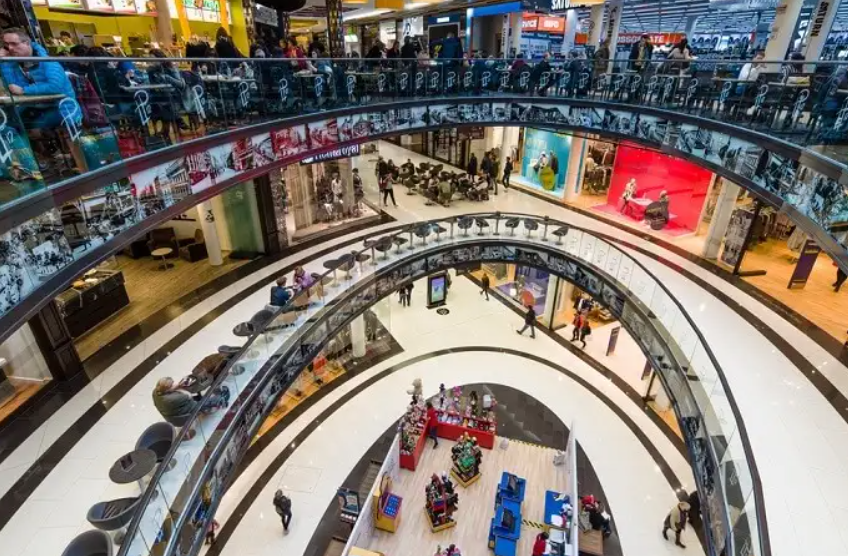In September, the persistent inflation troubling Europeans took a notable nosedive, sparking optimism that consumers may eventually find relief from the burden of more expensive groceries, vacations, and haircuts. It also raises the prospect that the European Central Bank might not need to further tighten the economy by raising interest rates that are already at record highs.
The annual inflation rate for this month stood at 4.3%, marking a decrease from August’s 5.2%. Nonetheless, the recent surge in oil prices is casting a shadow over the swift attainment of the central bank’s 2% target for inflation reduction.
Core inflation, which excludes the volatile categories of fuel and food prices, experienced a more substantial decline than anticipated, plummeting from 5.3% to 4.5%, according to data released by the European Union’s statistics agency, Eurostat, on Friday. The ECB closely monitors this metric to gauge the trajectory of inflation.
Jack Allen-Reynolds, Deputy Chief Eurozone Economist at Capital Economics, opined that the drop in core inflation “strengthens our belief that the ECB has completed its cycle of interest rate hikes.” He further predicted that the overall inflation rate would tumble to 3.5% by year-end.
Energy prices declined by 4.7% in September, although food price inflation continued to remain uncomfortably high at 8.8%.
Across the major economies that utilize the euro currency, the inflation readings varied. Germany witnessed its annual inflation rate dropping to 4.3% in September from 6.4% the previous month, while Spain’s rate increased to 3.2% from 2.4%.
Economists, however, caution that the substantial decline in Germany, the largest economy in the 20-country eurozone, was accentuated by a statistical anomaly. This anomaly resulted from the cessation of a subsidized transportation ticket and a fuel subsidy in September 2022, which had inflated consumer prices during that month.
These latest inflation figures follow what might be the concluding interest rate hike by the ECB as part of its rapid sequence of increases. The ECB raised its benchmark deposit rate to a historic high of 4% this month, up from -0.5% in July 2022.
ECB President Christine Lagarde emphasized that maintaining interest rates at their current levels for an extended period could play a substantial role in pushing inflation back to the bank’s 2% target, an objective not expected to be attained until 2025.
Escalating prices have restrained the European economy, as people find their wages no longer stretching as far as they once did to cover their expenses, compelling them to curtail other expenditures.
Economic growth has sputtered, hovering just slightly above zero during the first half of the year, with certain indicators hinting at a potential downturn in the current July-to-September quarter.
This surge in inflation was ignited as the global economy rebounded from the COVID-19 pandemic, leading to shortages of components and raw materials. The situation worsened with Russia’s invasion of Ukraine, resulting in a surge in energy prices as Moscow curtailed the supply of natural gas to Europe.
Although supply chain bottlenecks and energy prices have somewhat eased, inflation has permeated various sectors of the economy. Prices have risen for services like haircuts and hotel stays, prompting workers to demand salary increases to compensate for their eroded purchasing power.
The ECB has sought to manage inflation by raising interest rates, which elevate the cost of borrowing for significant expenditures such as housing or new industrial equipment for business expansion. This, in turn, dampens demand for goods and subsequently curbs inflation.
However, higher rates can also put a drag on economic growth, leaving the central bank confronted with a delicate balancing act regarding how far to proceed.
Many economists believe the ECB has concluded its interest rate hikes unless a significant event intervenes to prevent further inflation declines. Such an event could be another surge in oil prices, particularly following the recent extension of production cuts by major producers like Saudi Arabia and Russia.
(Source: David Mchugh | Associated Press)








